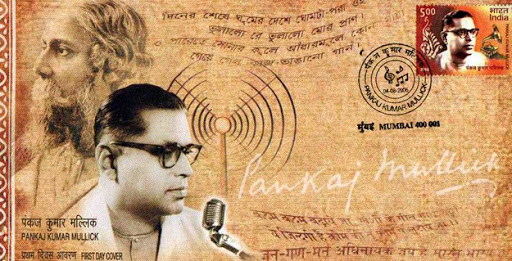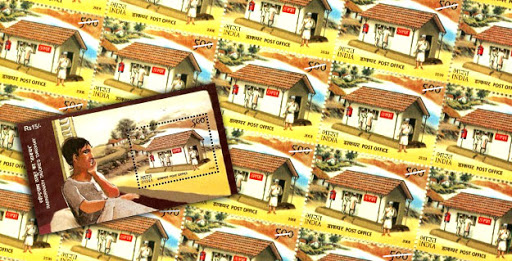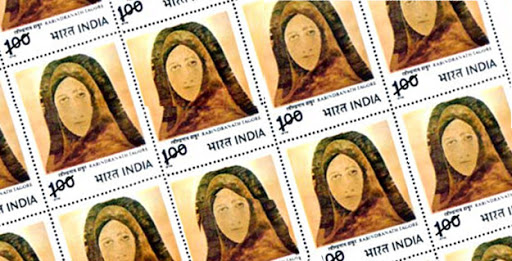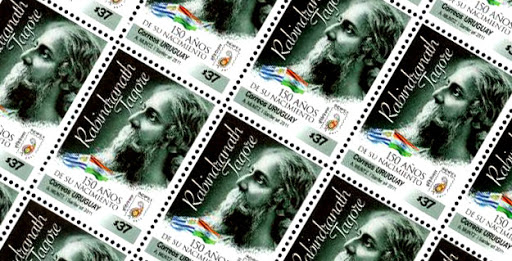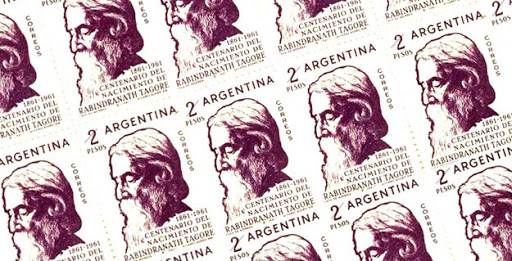India Post has released a stamp on Prafulla Chandra Chaki on 11th December 2010.
Prafulla Chaki was born on December 10, 1888 in the Bihari village of Bogra district, now in Bangladesh. He was expelled from Rangpur Zilla School when studying in Class 9 for taking part in a students' demonstration that violated the Carlisle Circular of the government of East Bengal and Assam. Then he joined Rangpur National School where he came in contact with revolutionaries like Jitendranarayan Roy, Abinash Chakravarti, Ishan Chandra Chakravarti and became a believer and practitioner of the revolutionary philosophies.
Barin Ghosh brought Prafulla to Kolkata and he was enlisted in Jugantar party. His first assignment was to kill Sir Joseph Bampfylde Fuller (1854-1935), the first Lieutenant Governor of the new province of Eastern Bengal and Assam. However, the plan did not materialize.
Next, Prafulla, along with Khudiram Bose was chosen for the murdering of Kingsford, the Calcutta Presidency Magistrate, and later ,magistrate of Muzaffarpur, Bihar.
Khudiram and Prafulla watched the usual movements of Kingsford and prepared a plan to kill him. In the evening of April 30, 1908, the duo waited in front of the gate of European Club for the carriage of Kingsford to come. When a vehicle came out of the gate, they threw bombs and blew up the carriage. However, the vehicle was not carrying Kingsford, rather two British ladies - Mrs. and Miss Kennedy were killed. The revolutionaries fled.
Prafulla and Khudiram decided for separate routes for escape. Prafulla took disguise and boarded train to Kolkata. Nandalal Banerjee, a Sub-Inspector of Police, suspected Prafulla at the Samastipur Railway station. A commotion and a short chase ensued. Prafulla was soon cornered and he took his own life by shooting at the head.
Khudiram was later arrested and was hanged to death.






